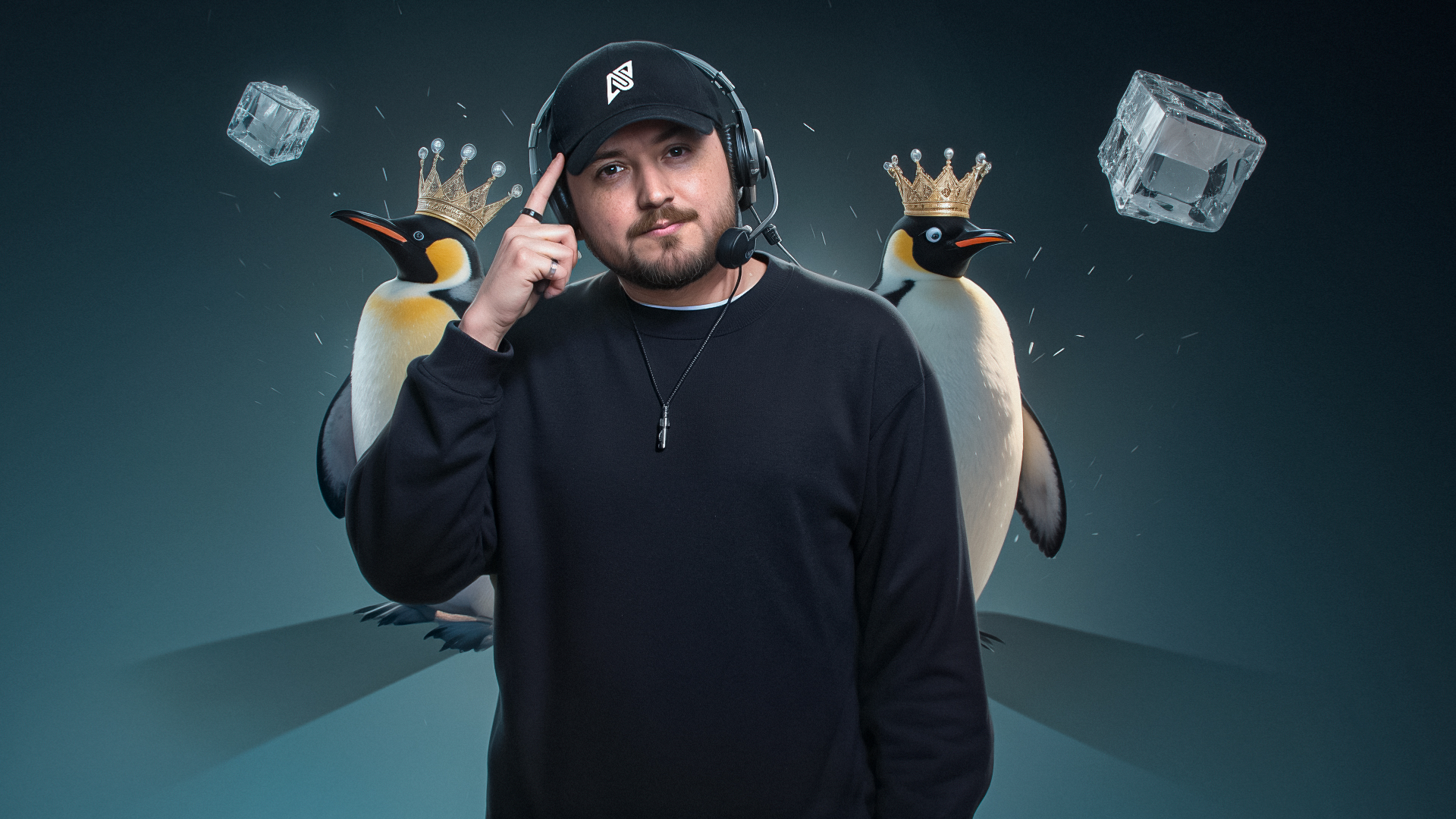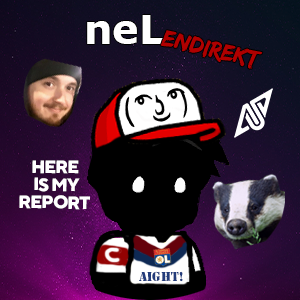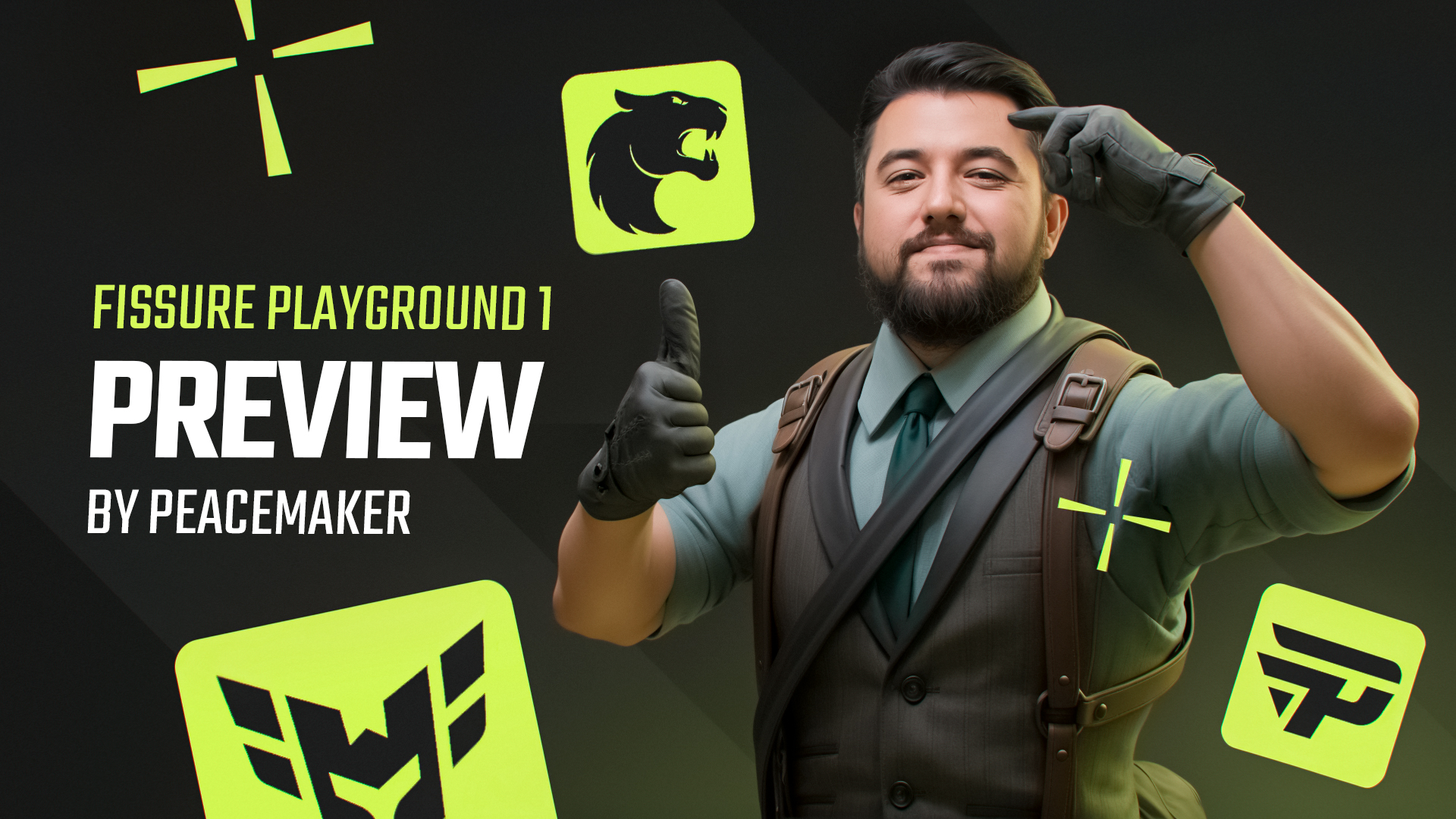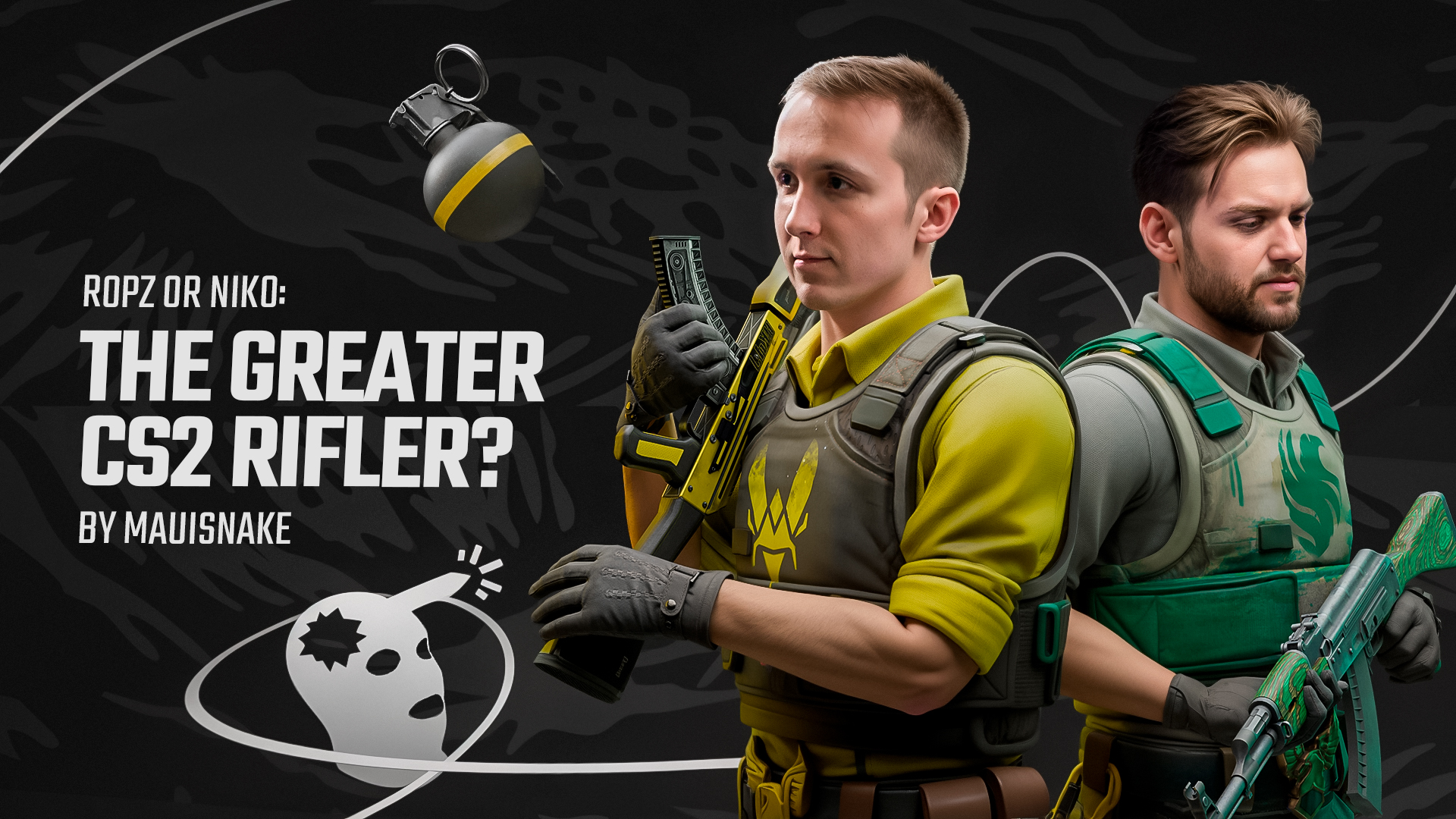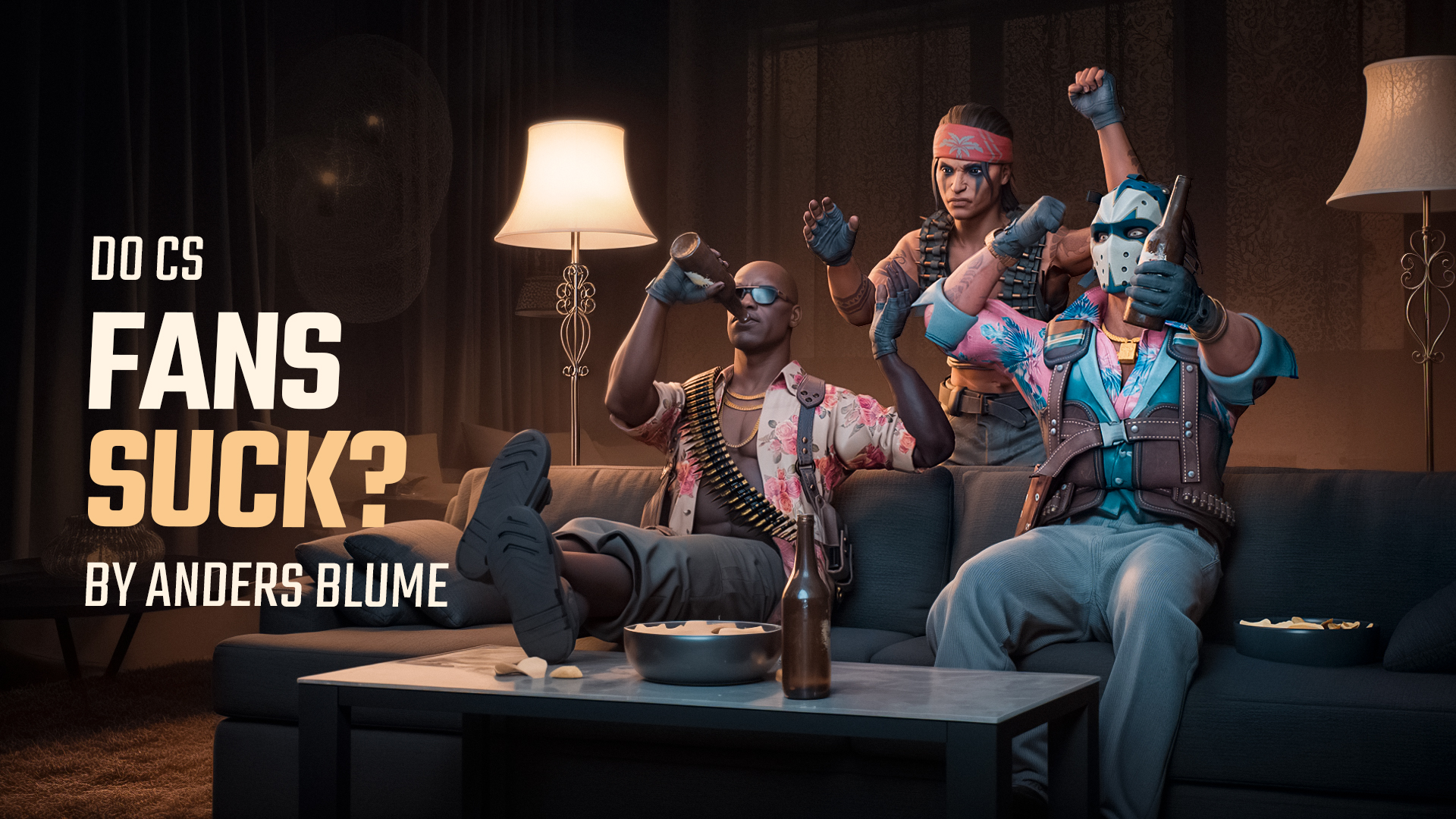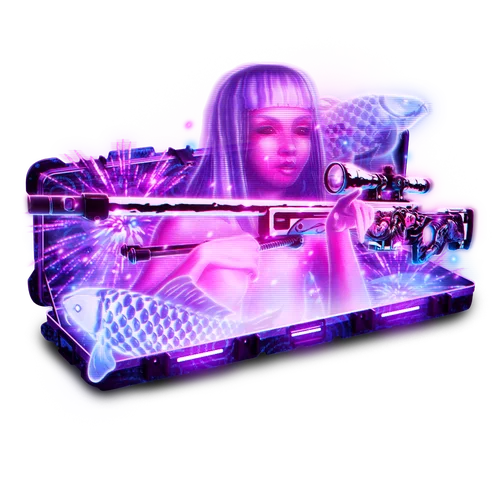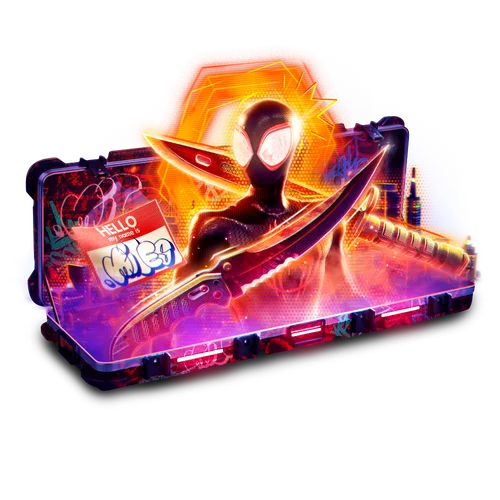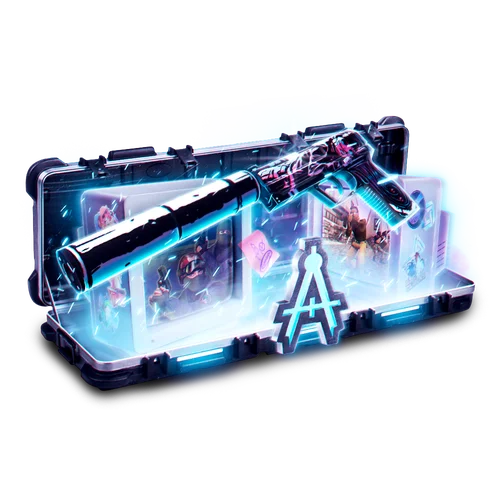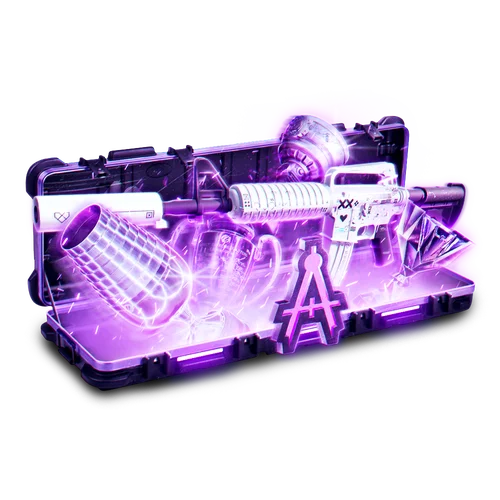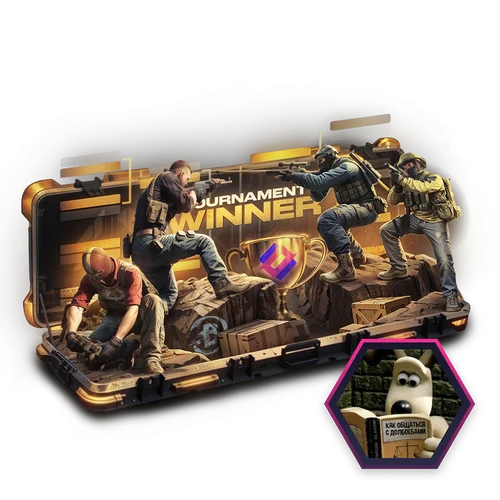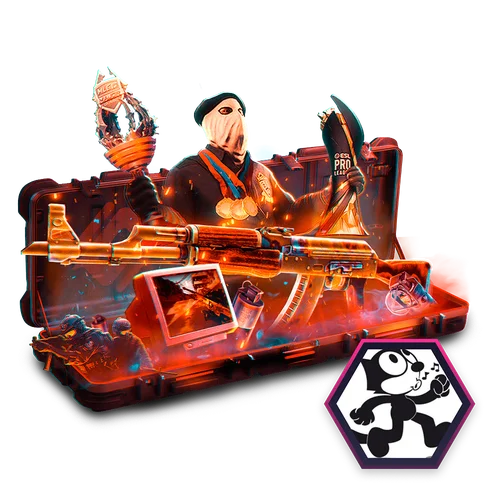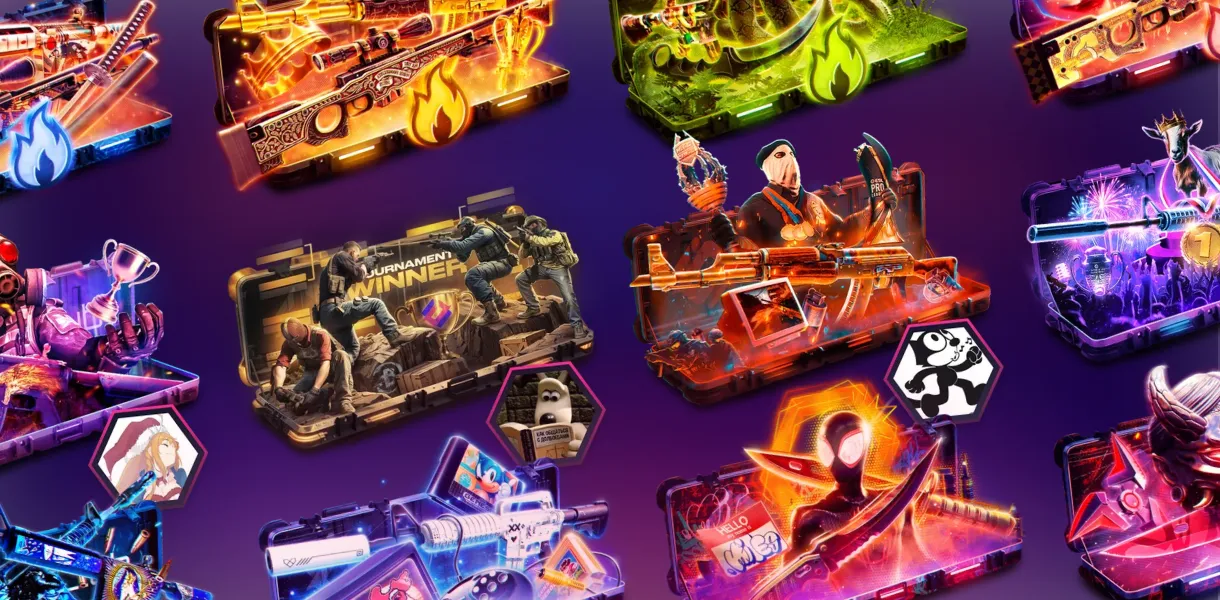FaZe, NAVI, Vitality, G2 — today, these names are engraved into Counter-Strike’s history books: titans built to win, rosters forged from international talent pools spanning Europe and beyond. International superteams are now the blueprint for success.
But not long ago, the idea of building a team with five players who didn’t speak the same language was unthinkable. Communication is everything in CS — and any misunderstanding could cost you the round, the map, the tournament.
Before the millions, the big trophies, and the era of global superteams… there was a spark. A wild idea. A lineup no one believed in — but one that changed everything.
Back to 2015. This is the story of Kinguin: the roster that changed Counter-Strike.
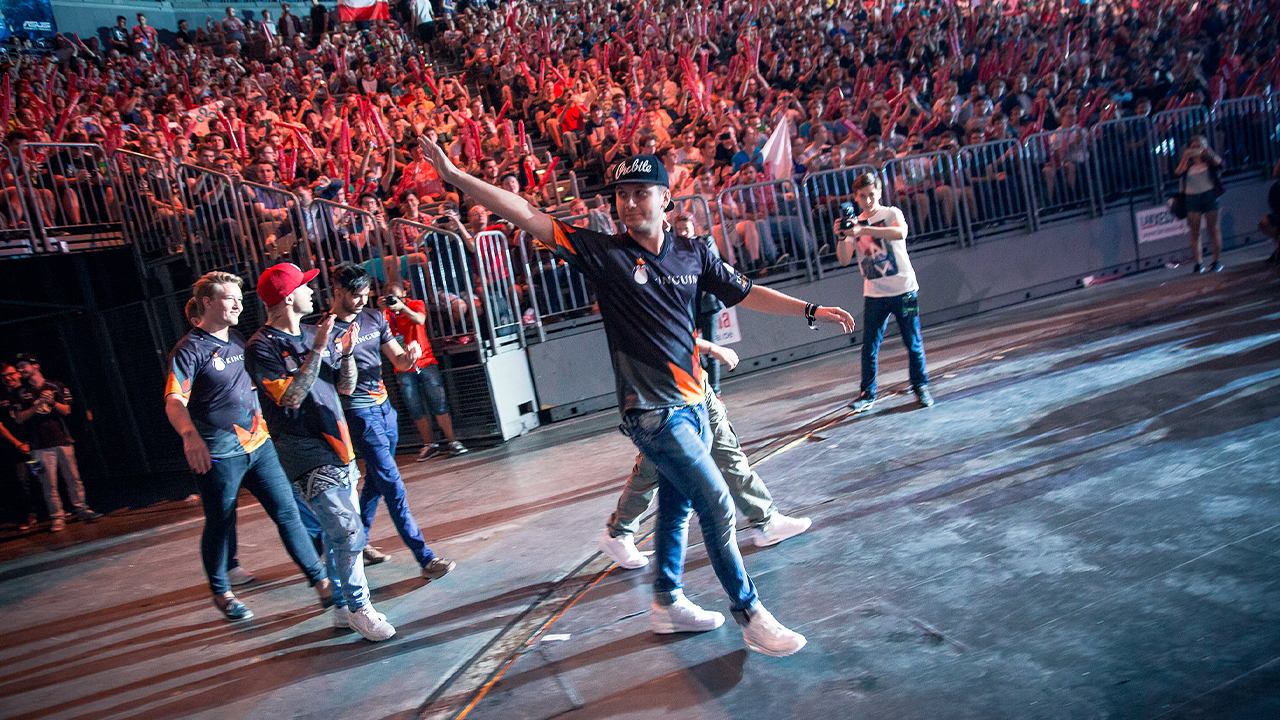
A Game Rooted in National Traditions
Counter-Strike has always been a game of precision — but more than that, it’s a game of communication. Five players, one goal, and split-second decisions. If a single call gets missed or misunderstood, the round can slip away. So for over a decade, one rule remained sacred: same country, same language, same culture.
National lineups weren’t just common — they were foundational. Teams built chemistry through shared culture and style. Why risk confusion when milliseconds decide the game? In the early days, internet infrastructure only reinforced this. You couldn’t just pick a teammate from another region and expect playable ping. So the scene developed regionally. National playstyles emerged.
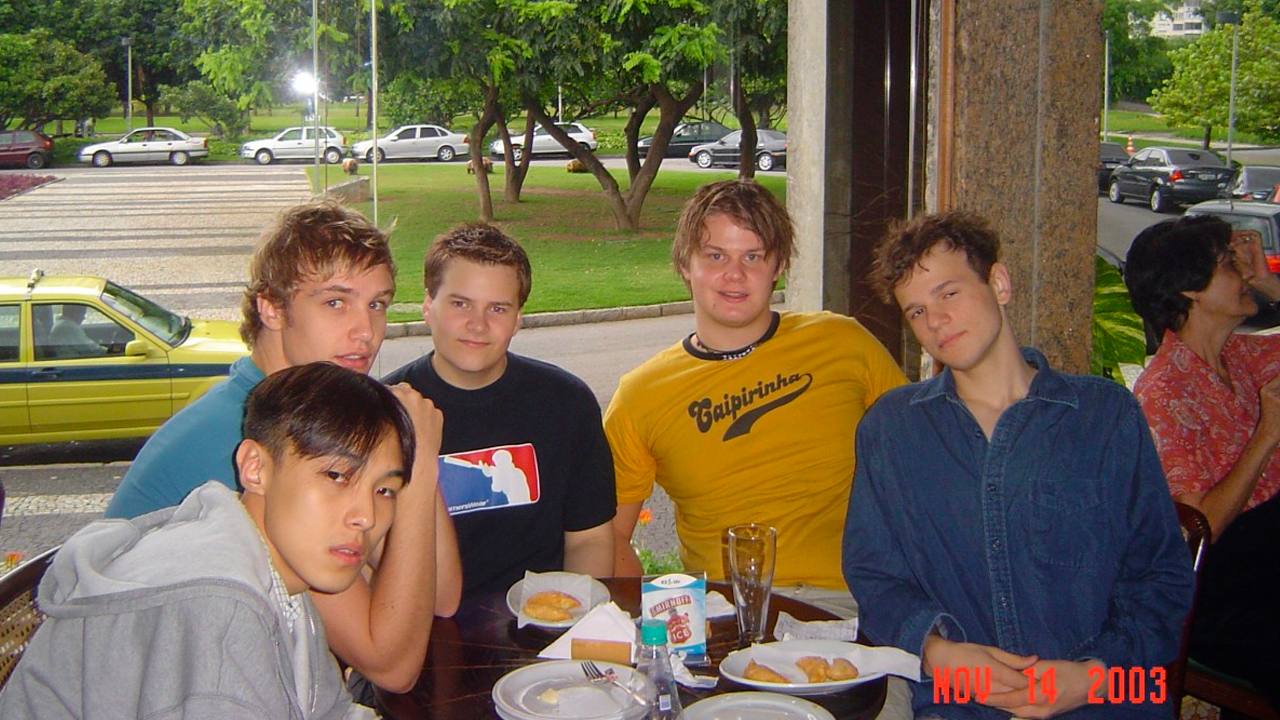
There were rare exceptions — like Team NoA in 2003, an international lineup mixing Americans and Scandinavians. With players like bsl, shaGuar, and elemeNt (the first player ever transferred for money in esport), they managed to win a few titles in 2004 and 2005. But these were outliers, not blueprints.
Even after CS:GO took over and the 1.6 and Source scenes merged, the pattern held. Giants like VeryGames, Fnatic, NiP, Virtus.pro, NAVI all stuck to their regions. Until the scene started to shift — and chaos cracked the door open.
2013-2015: A Shifting Scene
The change started in 2013, when Valve introduced skins. What began as a cosmetic feature quickly exploded into a financial game-changer. With the addition of esports cases and Major funding, the stakes rose fast. $250,000 prize pools. A global spotlight. Playing CS professionally was no longer a dream — it was a job. Qualifying for a Major became a requirement to stay relevant.

Each region ruled its own domain. Sweden had NiP and Fnatic. France dominated with VeryGames/Titan and LDLC/EnVy. North America had iBUYPOWER and Complexity/Cloud9. Eastern Europe boasted NAVI, Flipsid3, and HellRaisers. Denmark was rising with TSM, Dignitas, and CPH Wolves. Even smaller regions had contenders: Brazil, Australia, Germany, Finland. The hierarchy seemed locked in.
The regional balance was stable — until the end of 2014. Then the scene exploded. Cheating scandals. Match-fixing bans. Teams fell apart overnight. And in the rubble, two players stood without a home — forgotten, written off, but far from done. They were about to attempt the unthinkable.
Maikelele and ScreaM: The Outcasts Unite
It all began with Maikelele. The Swedish AWPer had just lived the dream. After the legendary NiP roster lost Fifflaren, Maikelele got the call-up. He stepped into one of the most iconic lineups in CS history — right as NiP was riding the high of three straight Major finals.
He played well. At DreamHack Winter 2014, he reached the Major final on home soil. NiP pushed LDLC to the limit, losing in overtime on the third map. The crowd was behind him. He had arrived. Three months later, he was gone. The official reason? “Adaptation issues.” The real reason? Still unclear to this day.
Meanwhile, on the other side of Europe, another star had fallen — ScreaM, the “headshot machine.” Known for his mechanical brilliance and terrifying aim, he had become one of the most feared players in the world. But after a match-fixing scandal shattered Epsilon, his team collapsed. LDLC had just won a Major. Titan didn’t want him. He was out.
Two stars. Two careers in freefall. Rejected by the systems that once embraced them. Together, they had nothing to lose — and an idea no one saw coming.
Kinguin: A Revolution Begins
With ScreaM having explosive firepower and Maikelele leading the charge, the idea took shape. The Swede brought in Skytten, a reliable Swedish in-game leader and longtime teammate. Then came rain, a raw, gifted Norwegian rifler he met in LGB. And finally, fox, a talented AWPer from Portugal known for his time under the K1CK tag.
Five players. Four countries. No shared language. At the time, it felt insane. But Kinguin — an esports platform with growing ambition — believed in the project.
The experiment had its first trial at DreamHack Summer 2015. It was brutal: two games, two losses. A reality check. It wasn’t working. So the team made its first change — Skytten out, dennis in. Everything changed.
At FACEIT League Stage 2, Kinguin placed 5th–6th. A respectable result. But more importantly, they sent a message: a 16–0 stomp of Virtus.pro on Cache. A performance that turned heads. Rain’s 1v4 clutch became instantly legendary. Kinguin also broke ground tactically. At a time when in-game leaders called all the shots, their coach made mid-game calls — something rarely seen. Eventually, dennis took over the IGL role.
The team improved fast. Still not title contenders, but definitely dangerous. And soon, they had one goal in sight: qualifying for a Major.
The Road to Cologne
The challenge? Only four spots were available through the qualifier. And Kinguin weren’t favorites. Teams like Titan, Dignitas, HellRaisers, Flipsid3, and PENTA stood in the way. But Kinguin started strong. They beat PENTA, then took down KILLERFISH — a team that had upset Flipsid3. Fortune smiled on them. The final test: Dignitas in the winner bracket final. A clean 16–8 win.
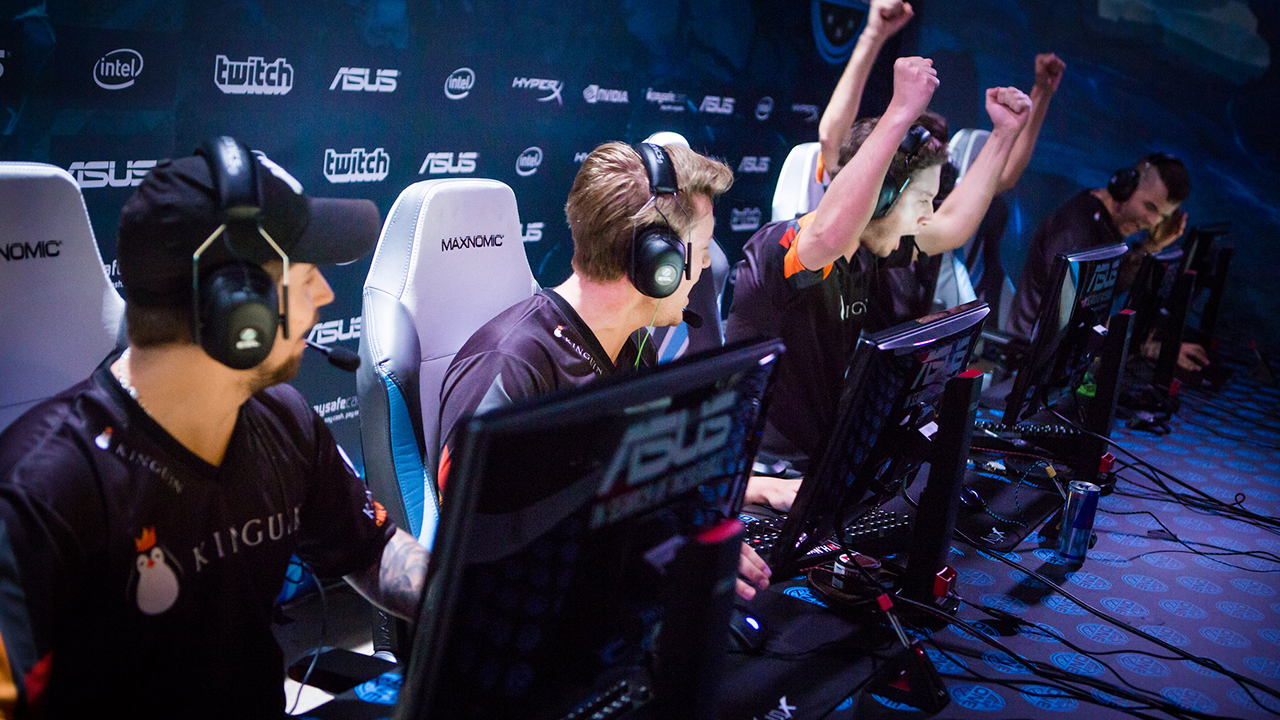
Kinguin had done it. In just a few weeks, this bizarre, thrown-together mix of players from four nations — without a shared native language — qualified for a CS:GO Major. They were now among the world’s top 16 teams. The esports world took notice. But the dream was only just beginning.
The Cologne Miracle
Cologne. First match: crushed by FalleN and coldzera’s Luminosity. In the lower bracket, they struggled but beat Australia’s Immunity. Then came Cloud9 — a team stacked with names like shroud, n0thing, and Skadoodle. Everything rode on this map. The Americans were favorites. The battle was fierce. 13–13. Key round. ScreaM clutches a 1v2. Cloud9 never recovered. 16–13. Kinguin makes the playoffs. Top 8 in the world.
In quarters, it’s a different beast: TSM. One of the world’s best. A Danish roster led by karrigan, with dupreeh, device, Xyp9x, cajunb… a well-oiled machine. Map 1: TSM set a brutal pace. Clinical. 16–6. Kinguin barely got a look. Map 2: Kinguin tried to fight back. But TSM’s structure was too much. Even flashes of brilliance from ScreaM or fox couldn’t turn the tide. 16–8. It’s over. The climb was too steep.

Despite the loss, Kinguin made a statement. A multinational team, built from scratch in months, just made top 8 in the world. Their bold gamble had paid off. Unknowingly, they created a team that would enter CS history.
From Kinguin to G2: Leveling Up
Four months later, the roster got picked up by Gamers2, a Spanish organization on the rise — soon to be known globally as G2 Esports. With new jerseys and new ambition, the team entered the next phase of its journey. But results didn’t come instantly. At DreamHack London, they fell again to TSM, then lost to Copenhagen Wolves, where a little-known rifler named jkaem absolutely lit them up.
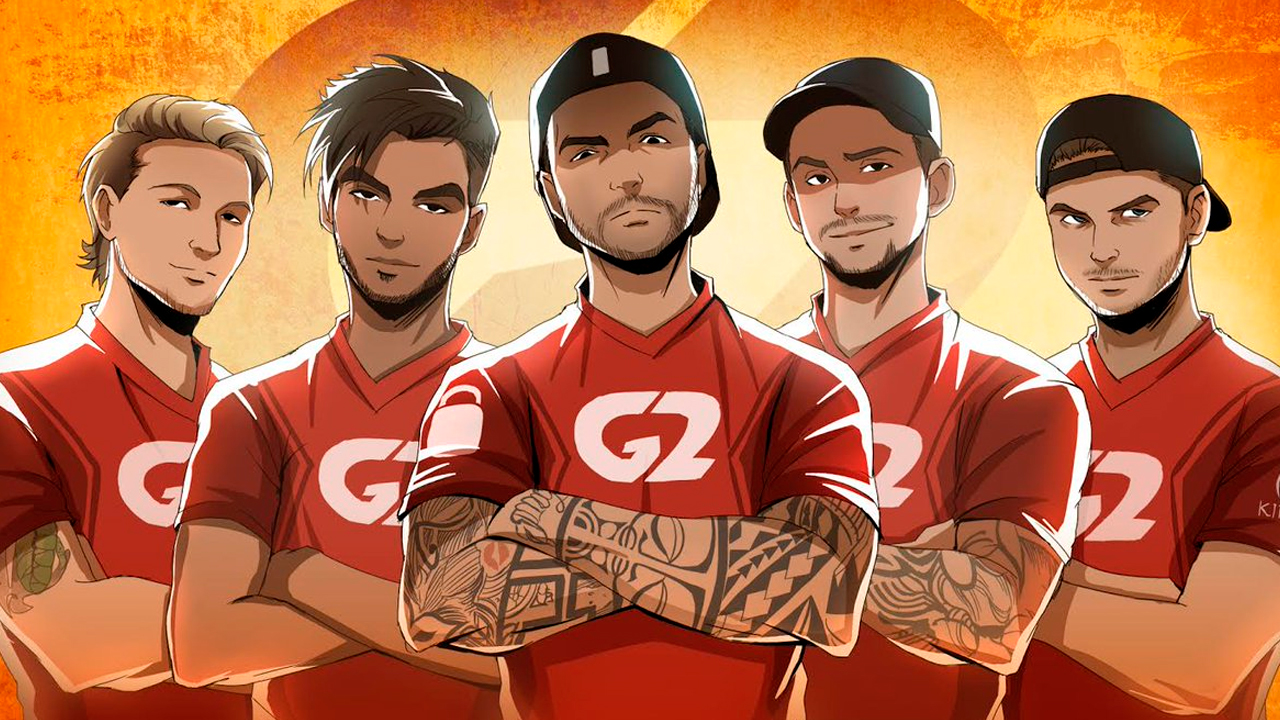
Shortly after, a turning point — ScreaM was sold to Titan for €150,000, one of the biggest transfers in CS to that point. The headshot machine succeeded. Nobody wanted him, so he went into exile to shine and become indispensable again. The Belgian returns to the French scene, which he had never wanted to leave. Meanwhile, Swedish media swirled with rumors: NiP wanted to reunite with Maikelele, rain, and dennis to build a new superteam with f0rest and friberg. A crazy team that won’t see the light of day, but which confirms that this roster counts on the scene. The European roster loses its star, and recruits a promising player, the 21-year-old Norwegian, jkaem — the same Norwegian that had just crushed them. It turned out to be the perfect pickup.
Cluj-Napoca: The Peak
Thanks to their top 8 in Cologne, G2 was directly invited to the next Major: DreamHack Cluj-Napoca. They opened strong with a win over Mousesports, led by a young and rising NiKo. But in the second round, the same brick wall: TSM. Once again, 16–6. No answers.
Their do-or-die rematch against Mousesports turned into a best-of-three brawl. NiKo vs jkaem. One map each. Final map: Cache. Jkaem went berserk. G2 smashed them 16–5 and reached the playoffs again.
In the quarters, they met Virtus.pro — a lineup stacked with legends: TaZ, NEO, pasha. But G2 didn’t blink. Jkaem dropped 32 kills on Cache in a 16–10 stomp. On Train, fox joined the party, both he and jkaem posting 30+ frags in an OT thriller. 19–17. They take out the Polish legends, G2 is in the semi-finals.

There, they faced EnVyUs. The obstacle was colossal: the French superteam — kennyS, Happy, apEX, NBK, kioShiMa. However, G2 wasn’t impressed. On the first map, Train, they upset EnVy to take an unexpected lead. On Inferno, EnVy struck back — but G2 held on, saving three match points, including one at 18–17 in double overtime. At 21–18, G2 had three match points to reach the Major final. ONE ROUND AWAY. Also, Fnatic was already out. NiP and NAVI weren’t that scary. What if it was G2’s Major?
On the French side, there was panic, as apEX explains: “There’s a one-minute break, nobody’s talking, we’re not well.” But EnVy wouldn’t die. After a tense pause, NBK pulled out the auto-sniper — and single-handedly shut down G2’s B hit. Round after round, G2 was denied. All three chances gone. EnVy pulled off the 3–0 comeback in OT. G2 let it go. Final score: 25–21. G2 were devastated. One round from the final. One round from rewriting history. EnVy went on to win the Major. This G2 never got that close again.
The End of an Adventure, The Beginning of a Legacy
Despite the heartbreak, the team had proven something massive: international lineups could work. Not just as a novelty — but at the elite level.
Top teams took notice. Fnatic signed dennis. G2 tried to keep pace, signing aizy from Dignitas. By early 2016, FaZe Clan made their move, buying the entire roster for $700,000 — a record at the time. It was official: the experiment had become a business model. Kinguin’s DNA would live on under a new banner.
It took until 2022 for an international lineup to win a Major. The team? FaZe Clan. And at the heart of it was rain — the quiet Norwegian who had joined Kinguin as a raw prospect seven years earlier. In 2025, he’s still here. Still playing at the highest level. The last survivor of Kinguin, a living link to the team that started it all.

Even now, international rosters are still debated. Language barriers can limit tactics. Chemistry doesn’t form overnight. As legendary coach zonic said to HLTV, “Teamplay and tactical depth are significantly more limited in international teams compared to national ones.” But that hasn’t stopped the shift.
As of today, 8 of the top 11 teams in the world are international: Vitality, Falcons, MOUZ, NAVI, FaZe, G2, MOUZ, Liquid, GamerLegion. The model that once looked like madness is now the blueprint. Diversity is no longer a risk — it’s a weapon. Would this evolution have happened without Kinguin? Probably. But not this soon.
Kinguin was never supposed to work. A team built from the pieces others left behind. ScreaM, Maikelele, rain, fox, dennis, jkaem — all misfits at some point, but all part of something bigger. Together, they proved that language, culture, and borders didn’t matter as much as vision, grind, and belief.
They didn’t win a Major. They didn’t even win a title. But they changed the direction of the game. They showed what was possible. And once that door opened — it never closed.
Sometimes, one bold idea is all it takes to shake a scene. One crazy roster. One miracle run. One round away from a Major final. In 2015, Kinguin dared. And Counter-Strike has never been the same since.





























